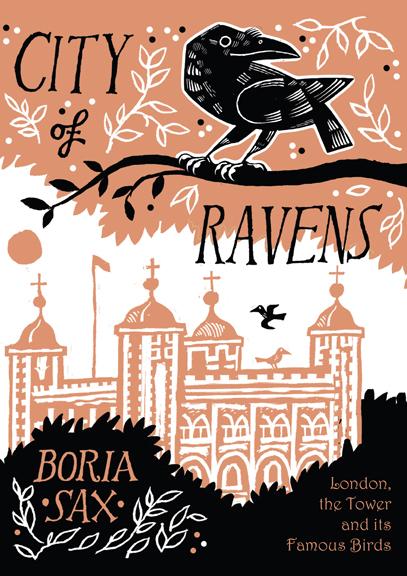
Last summer I went to the Tower of London. There I made a number of unexpected discoveries, although if I had ever stopped to think about it would have seemed rather obvious. For instance, there are several buildings that make up the “tower”, the oldest and most famous being the White Tower. It isn’t really a tower, but a fortress or a castle. Unlike the Buckingham guards, the Yeomen are very much allowed to talk to you and are wonderfully friendly folks. The real Crown Jewels really are kept there – provable by the fact very strict British advertising laws actually prevent any sort of “bait and switch”. If they advertise it, they have to be real.
And as a “fan” of ravens in general I was very excited to see the avian residents at the Tower. They are incredibly curious and obviously intelligent. One of the many things that makes me such an Anglophile is their unwavering adherence to tradition. So having a warder whose sole job is to tend the ravens at the Tower is amazing to me.
And like the thousands upon thousands of visitors to the Tower each year, I believed the general story that they had been part of the Tower for centuries. Apparently the true story is a bit more complicated.
Boria Sax’s book is a neat thesis the explores the history of ravens (Corvus corax) in general, in England and at the Tower. These background chapters were my favorite.
Their [the raven’s] complex social structure resembles that of human beings. Ravens live within a nuclear family and raise their young collectively, yet they also assemble in huge gatherings for reasons that are not fully explained. They communicate in part through a large range of vocalisations, and they have long been renowned for their intelligence. Because ravens can seem ‘almost human’, they elicit strong feelings from people, and have been alternately revered and persecuted throughout human history.
Because of their extraordinary cleverness, people can find ravens irascible and, at times, even diabolic. A recent publication of the US National Park Service advises tourists that, “Ravens have learned how to unzip and unsnap packs. Do not allow them access to your food.” But despite their reputation as tricksters, ravens have often been able to thrive in human settlements, and Aristotle considered them birds of the city. Pliny tells of one raven that made its next in the shop of a cobbler in Rome and became so beloved that a man who killed it was punished with death. the raven was given a splendid funeral attended by a large crowd of mourners. ~Pgs. 24-5
Sax then explores how the legend of the Tower ravens was born. The answers are surprising and enlightening (but I will leave it to the reader to discover).
The book lands somewhere between academic and popular history. It is accessible for a casual reader but full of well-researched quotes and references. I recommend it for any history buff or Anglophile’s shelves.
Many thanks to Overlook Press for the review copy.
You can follow the Tower of London’s Ravenmaster on Twitter here.
______________________________
ISBN: 978-1-59020-777-2
ISBN 13: 978-1-59020-777-2
Trim Size: 5 x 7
206 pages
Hardcover




You know I saw this book and thought of you but I saw later that you tweeted about it. I’m glad you found it and that you were able to tie it in with your trip to London! 🙂